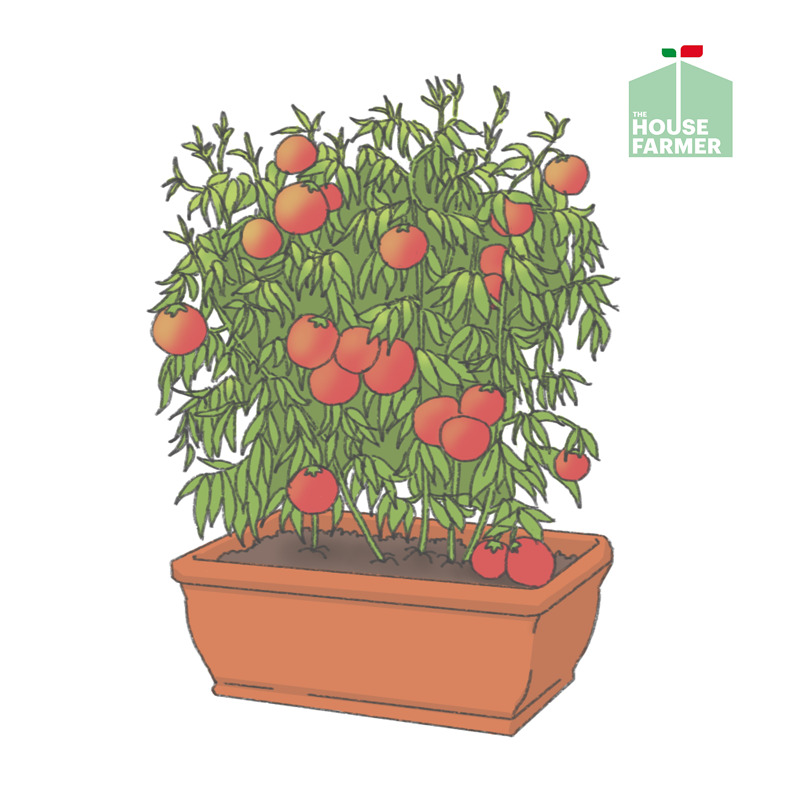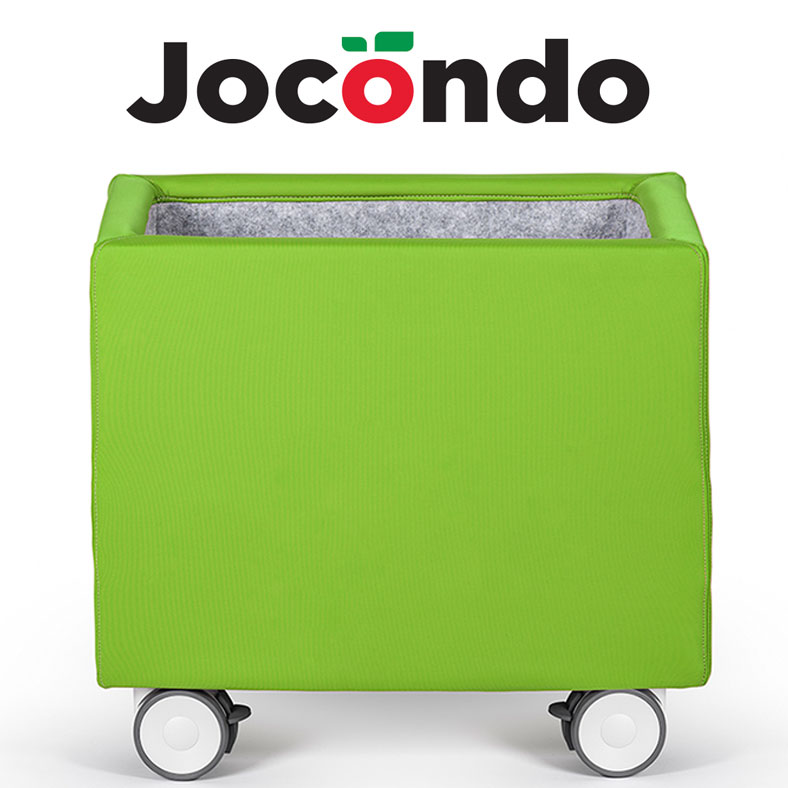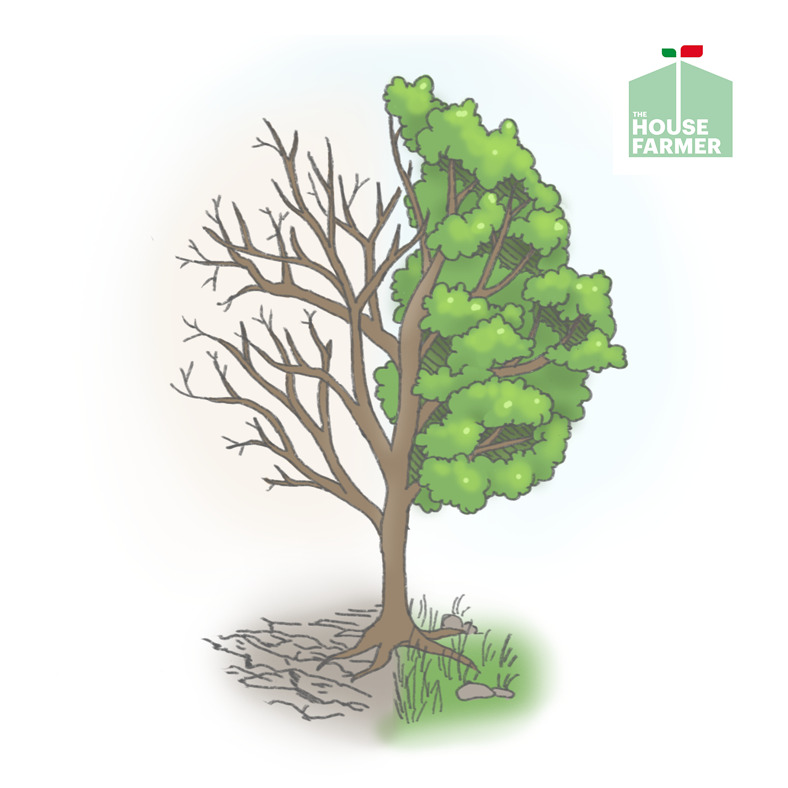
TOMATO PLANTERS: How To Grow Tomatoes in Pots
Even if we decide to grow just a tiny balcony garden, we absolutely must experience growing tomatoes, and for this purpose, we need to find the best tomato planters.
So, if you are wondering how to grow tomatoes in pots, this post is for you.
INTRODUCTION
Tomatoes are annual herbaceous plants belonging to the Solanaceae family. They have important organic properties and can be used in a myriad of ways in the kitchen where they are often the central ingredient of sauces, delicious side plates or a delicious addition to rich salads and simple cold platters, both in summer and winter. It is the king of the Mediterranean diet and of Italian cuisine in general.
Tomatoes are a very popular fruit (yes a fruit, and a reminder that all fruits have at least one seed and grow from the plant’s flower). Due to their amazing versatility in the kitchen, they deserve particular attention, which is also true when it comes to growing them as they are not among the simplest due to their climate preferences.
I will discuss the different types of seeds of this fruiting vegetable at a later date. In this article I would like to focus on its origins, its nutritional properties and give you some advice as regarding how to grow tomatoes in pots, choosing a good tomato planters. You should, at some point, include this plant in your urban vegetable garden.
HISTORY OF TOMATOES
Tomatoes were imported to Europe in 1540 by the Spanish conquerors who discovered they was being used in western South America (Peru) by the Incas, and in what is now Mexico by the Aztecs who called it Xitomati, from which the English word “tomato” derives.
TOMATOES ORGANIC PROPERTIES
The ripe fruit has several nutritional properties despite its low-calorie content. Drinking tomato juice provides the body with a significant amount of lycopene, an important antioxidant that decreases the risk of developing certain types of cancer. Tomatoes also contain vitamins, fibers and mineral salts in considerable abundance, such as iron, zinc, selenium, phosphorus and calcium. They are also rich in water and are therefore ideal for anybody on a low-calorie diet.
However, we must be careful not to eat too many, as tomatoes are also known to have high allergenic properties, especially their green parts. These contain histamine and solanine, however their allergenic decreases as the fruit ripens, or when it is cooked.
GROWING TOMATOES
Tomatoes love hot climates: in Italy the most famous tomato growing regions are Campania and Emilia, followed by Puglia and Sicily, but with due care they can also thrive in slightly more hostile climatic zones. To get a head start, begin sowing them in February-March, or even in January, keeping them in warm places with a minimum of 20°C. Between April and May, according to your latitude, transplant the seedling into the soil (whether you have grown it at home or bought one at a nursery).
Make sure the tomato planters, or the area of the garden you have selected, get plenty of sunlight.
Finally, it is advisable to check that the temperature of the soil does not fall below 12 degrees Celsius so as not to damage the roots and compromise their growth. This can be done simply by using a thermometer or a sensor.
Tomatoes are climbing plants and should be supported during growth by a stick so that they can grow vertically. Fix the stick when the plant reaches 40cm in height. This will also help the plant support the weight of the fruits as well as the stalk which can reach up to two meters in height.
In addition, remove any leaves touching the ground or which fall in the shade of the leaves above.
As for the choice of seedlings or seeds to plant, among the different varieties we recommend the "Pachino" and the "San Marzano". These are both perfect both for preparing sauces and salads as well as an excellent topping for homemade pizza and are lighter in the pots than the "Cuore di Bue " (oxheart) variety which are used only to make delicious salads.
FOOD FOR THOUGHT
Growing tomatoes can be extremely satisfying however they also require constant care. They need both light and heat and cannot be left to fend for themselves.
It would be useful to think of some form of greenhouse to protect the seedlings from the cold and allow them to grow for longer than the six spring and summer months; in addition, the possibility of regulating the outside temperature combined with an irrigation system which has an autonomy of several days would be useful should you be away for a few days.
There are requirements which have been expressed not only by some of our readers but which we ourselves have identified in our personal experiences.
But now let's get to the heart of the matter
HOW TO CHOOSE TOMATO PLANTERS FOR YOUR BALCONY GARGEN
Compared to tomatoes planted in the ground, special precautions are needed to grow tomatoes in pots, because it is a more artificial situation in which our care plays an even more decisive role.
Tomato Planters best position
The tomato is typically a plant that desires plenty of sun. The climate in the crop's first period of development may still be cool and humid, and good sunlight is necessary, particularly to avoid diseases. Considering that the planting of tomato seedlings takes place between April and May, it is ideal that the terrace, veranda or courtyard where the pot with the tomatoes is to be placed is well lighted, preferably with a south-east or south-west exposure, so that it gets light during the morning and afternoon respectively. If the space is north-facing, you do not necessarily have to give up the balcony vegetable garden, but you should certainly expect delayed plant growth and somewhat spindly-looking stems, i.e. long but slender.
The consequence will be an inevitable lower productivity of the plants. Another parameter that should not be underestimated, especially in the city, are the sources of shading caused by other buildings and trees, which may further aggravate northern exposures or, on the contrary, mitigate the insolation in those completely to the south.
Tomato Planters how to choose the best container
Choosing the right container in a potted vegetable garden, the container plays a very important role, delimiting the space in which the root system has a chance to develop.
Before planting tomatoes it is worth pausing to choose the pot. Containers for growing tomatoes can be of different types and shapes, but the most important thing is their capacity: considering the potential development of the plant, which reaches heights of around 2 metres in the ground, it must be taken into account that the root system also needs space and soil in which to take root.
If we opt for round pots these must be at least 30 cm in diameter and 30 cm high, and the same applies to square pots. We can also put 2 or 3 plants together in tall, sturdy rectangular planters. Fruit crates can also be recycled for cultivation, as long as these are also sufficiently deep and strong, in which case the crates will have to be lined internally with perforated plastic at the bottom.
If we have real wooden crates designed for above-ground vegetable gardens, e.g. 1 metre x 2 metres, we can plant 6 tomatoes in two rows and make useful associations with basil, celery, salad or parsley. As for materials, plastic containers are undoubtedly light and do not present the risk of breaking if they fall in the wind, and being waterproof they retain soil moisture for longer. Also very interesting to experiment with are pots made of geotextile fabric.
Growing in a balcony or courtyard often has an ornamental value even more than in a vegetable garden, which should also be considered when choosing the container.
About the soil
The growing medium. The classic universal potting soil is not sufficient for successful pot cultivation; tomatoes are a demanding plant in terms of nutrients. The ideal is to mix the potting soil with real soil, which also contains the mineral fraction of the soil and thus provides various useful micro elements.
The addition of mature compost and handfuls of pelleted manure is also indispensable. Speaking of composting, if the terrace is large enough, it is very useful to provide a compost heap in which to put organic waste from the kitchen and the plants themselves in order to make a good soil conditioner. There are even compost bins for lombriculture on the balcony. In addition to potting soil, the drainage of the pots must also be taken care of: at the bottom of large pots it is best to put a layer of expanded clay, while in simple pots it is fine to put classic saucers.
Tomato Planters Irrigation
In open soil, the root system of tomato plants can expand to a depth of up to one and a half metres. this allows the aerial part to be well anchored and nourished at all times and to find water deep down, requiring little watering. Old farmers used to say that by watering too much "tomatoes won't taste of anything". Of course, this cannot apply to plants grown in a confined space such as a pot; in such a situation we must water often, in summer daily. The following precautions must always be observed, even when growing in pots:
- Water the base of the plants and not the aerial part, to avoid encouraging the development of fungal diseases such as downy mildew;
- Use water at room temperature, left to warm up a little in the air. Water that comes directly from the tap is in fact quite cold and could cause a shock to well-warmed roots inside a pot exposed to the sun;
- Preventing mosquitoes: on the balcony, watering cans or buckets purposely left full of water risk attracting these annoying insects, and so drops of a product based on Bacillus thuringiensis israelensis, a strain suitable for natural mosquito control, can be poured into the water.
Managing irrigation during the holidays
During the summer months, absence from home for holidays is normal, but a solution must be found so that cultivated plants do not die. There are special bottles with porous caps, which can be filled and placed upside down in the pot, so that they distribute the water gradually, but these do not guarantee a long autonomy. If the cultivation pots are numerous, it may make sense to set up a real drop irrigation system equipped with a timer so that watering shifts can be programmed.
How To Grow Tomatoes in Pots: Mulching
Mulching is a very advantageous technique for the vegetable garden, but also in pots or tomato planters putting a layer of mulch at the base of the plant can be beneficial. In this case, the aim is not so much to protect against 'weeds' as to preserve soil moisture for a longer time. If no straw or wilted grass is available, we can use other material, such as jute sacks, to protect the soil at the base of our balcony tomatoes.
Beware of sunburn
On terraces or patios particularly exposed to the sun, and with white walls reflecting the light, plants can suffer stress from excessive sunlight and quickly become dehydrated, especially in the hot summer months.
In addition to putting up a protective shade net, we can spray potted tomato plants with kaolin, a fine clay mineral which creates a white patina on the vegetation and protects it from sunburn.
Attracting bees to the balcony
Tomatoes also benefit from bees and bumblebees for flower pollination and thus for fruiting. Compared to the vegetable garden, the balcony is generally a more urban environment and less populated by pollinating insects, so it is good to attract them.
So let's give free rein to creativity and the desire for beauty by combining tomato plants with flowers particularly suited to attracting these precious insects: cosmos, zinnias, lavender, borage and others.
Diseases and pests
Tomato diseases and insect pests are the same as in open ground cultivation, but the balcony is notoriously a more artificial environment in which the ecological balance of open spaces is hardly recreated. This is why pests may manifest themselves more aggressively and we must therefore always keep an eye on the plants.
Even in pot cultivation it is worth spraying nettle, garlic and horsetail macerates to prevent the most frequent problems. We can try ecological defence products such as Bacillus subtilis, which acts against fungal diseases, and pyrethrum against bed bugs.
We can also decide to resort to the classic copper green only after persistent rains, always reading the labels first for doses and precautions of use.



